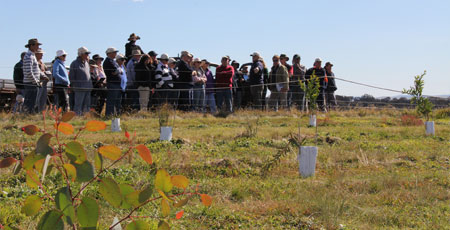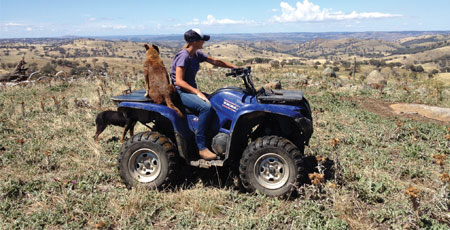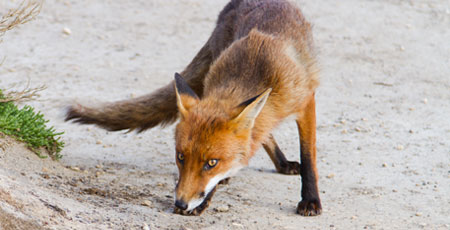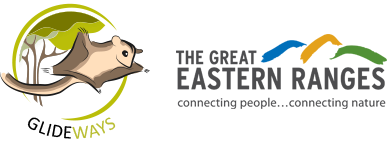The K2W Link Landscape
From the towering eucalypts and ravines of Kanangra-Boyd National Park to the undulating fields of working farms, the K2W Link supports a wealth of activities and livelihoods.
A natural corridor
The 319,200ha K2W Link is a natural corridor following the line of the Abercrombie River, formed by the Casuarinas lining its banks, the Eucalypt forests on the surrounding hills, and the grassy box woodlands that connect them. This spectacular area forms part of the Great Eastern Ranges Initiative.
The K2W Link is significant because:
It forms a natural highway – Animals, birds and plants need to be able to move freely across the landscape to survive. The K2W Link serves as a vital east-west connection between the Blue Mountains and Wyangala, which enables wildlife to move between areas in search of food, water and habitat.
It serves as a drought refuge – Satellite imagery indicates that the K2W Link remains consistently wetter than surrounding areas throughout the year. This means that it contains many core areas of habitat where animals and birds can seek shelter and food during periods of lower rainfall or drought.
It’s diverse – The diverse variety of habitats provided in the K2W Link supports a vast array of species; over 2,400 species of native plants, animals, fish and reptiles live in the area.
It contains significant natural connections – The area already has a good proportion of well-connected, high quality native habitat. By building on these natural connections through the re-vegetation of key areas and the maintenance of existing native vegetation, we can ensure that the K2W Link remains intact.

Where We Work
Our onground works are focused in several key areas in the Abercrombie Catchment, which provide the maximum overall benefit for gliders.

What We Do
We work collaboratively with local communities, landholders and organisations across all land tenures to conserve gliders and their habitat.

Threats
Our targeted efforts aim to reduce the loss of species, enhance and maintain connectivity across the landscape, protect core habitat and increase the health of our environment.
